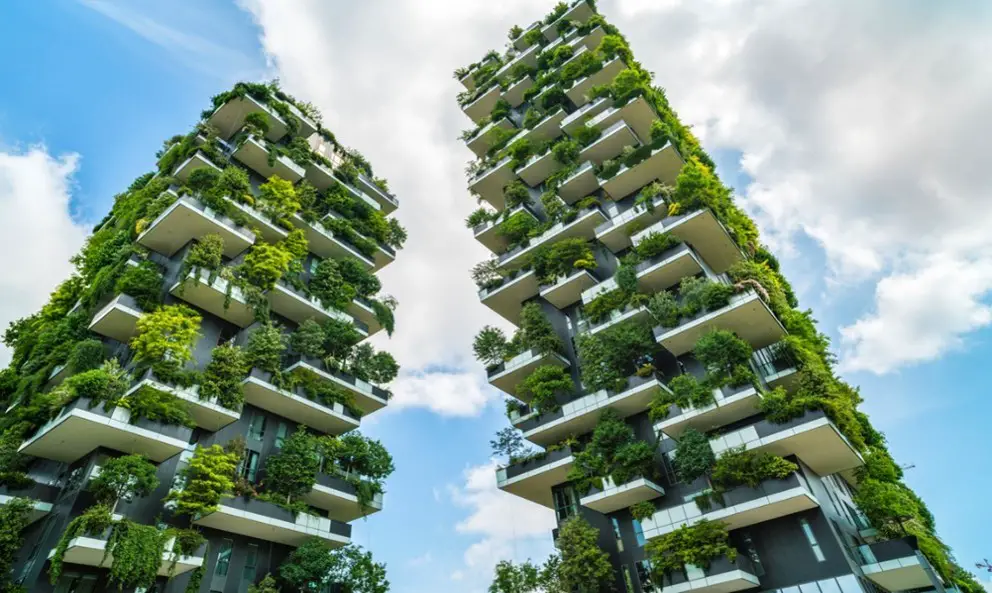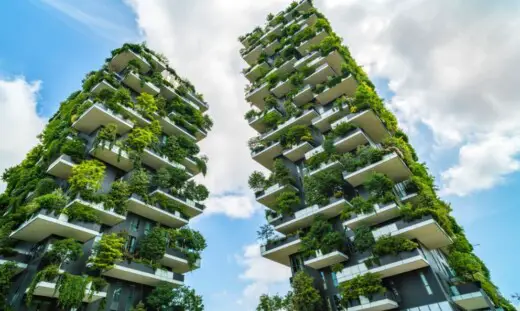Why the future of architecture remains vertical tips, Tall building design ideas guide
Why the Future of Architecture Remains Vertical Guide
2 August 2022
Why the Future of Architecture Remains Evermore Vertical
The growth of cities is a challenge for thousands of municipalities around the planet. An estimated 3.5 billion people live in them today and that number is expected to rise to 5 billion by the end of this decade. The expansion of cities, especially in peripheral areas, has become a problem even from an environmental point of view. The great distances that citizens must now travel on a daily basis require increased energy demands, with our planet suffering the consequences.
Vertical housing is a visionary innovation that promises to revolutionize life in metropolises around the world. The basic premise is not to keep expanding cities outward but rather to build upward. An important part of this concept is the integration of social spaces. In the future, skyscrapers will not only house apartments, but also restaurants, shops, and gardens.
How Vertical Became a Favorite
Vertical architecture was born from events whose historical synchrony allowed its conception and development. In 1871, a major fire destroyed downtown Chicago, and it was too expensive to rebuild because land prices had skyrocketed. Another triggering factor for vertical growth was the advancement of technology. New techniques and materials allowed for the construction of taller buildings. Materials such as steel were chosen, which constituted the structures as the “skeleton” of the buildings. Other decisive materials and techniques applied were reinforced concrete, glass, water pumping and certainly elevators, which had already been invented as early as 1857.
Currently, the new models of skyscrapers differ greatly from the works that had been done in the past, but they all have the common denominator of continuing upwards. “Vertical architecture” is a broad term that encompasses the new types of skyscrapers, not only in their design and size, but also in their use.
The Architect’s Solution
This architectural trend offers practical solutions to the three main problems facing urban planners:
- Population Growth
- Rising Housing Prices
- Increasing Environmental Pollution
Not unreasonably do we find these vertical blocks especially in the most populated cities on the planet. More and more cities are bursting at the seams in terms of population and there is a severe housing shortage. In view of these developments, vertical design seems to be a much better solution than unregulated decolonization.
The high demand for housing also creates a lot of pressure on the real estate markets of the big cities. In turn, unfeasible construction demands on its workers create serious safety concerns. Skyscrapers are one of the top causes of construction accidents, some of which workers take years to recover financially and medically from.
The goal of vertical construction projects is therefore to create affordable housing in the city center. But the housing shortage is not just detrimental to the economy. The environment also suffers from lack of housing. Since natural habitats are often destroyed to make way for new buildings, less space becomes available for animals, agriculture and leisure activities in the natural world. Vertical architecture minimizes these challenges by using space more efficiently.
Comments on this guide to Why the future of architecture remains vertical article are welcome.
Architecture
Virgin Hotels Edinburgh Victoria Street
Comments / photos for the Why the future of architecture remains vertical advice page welcome

